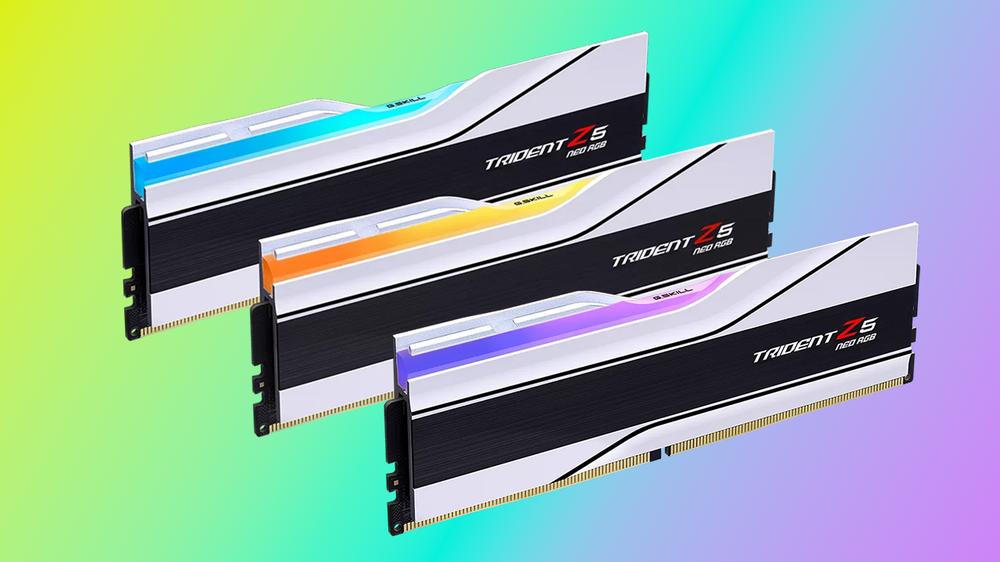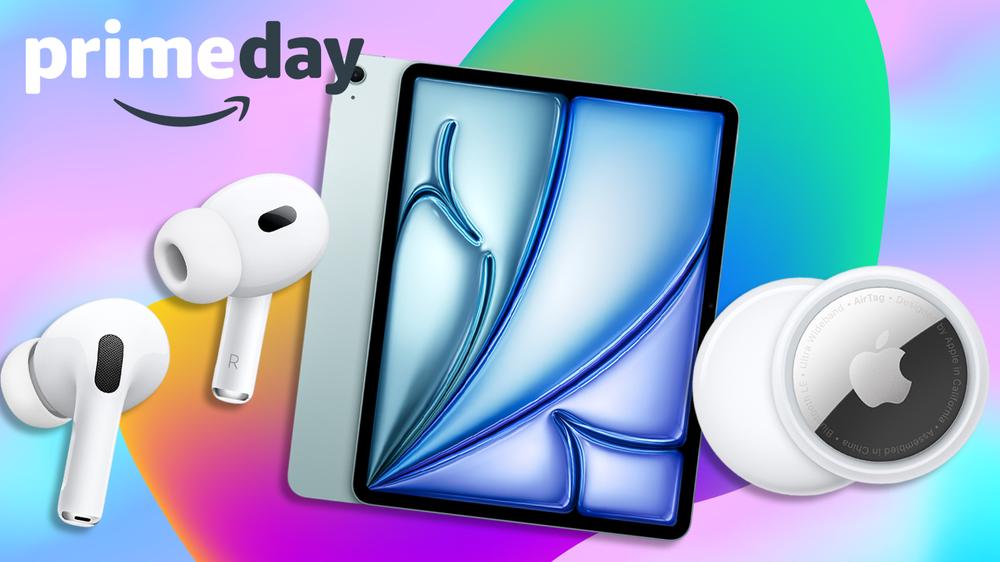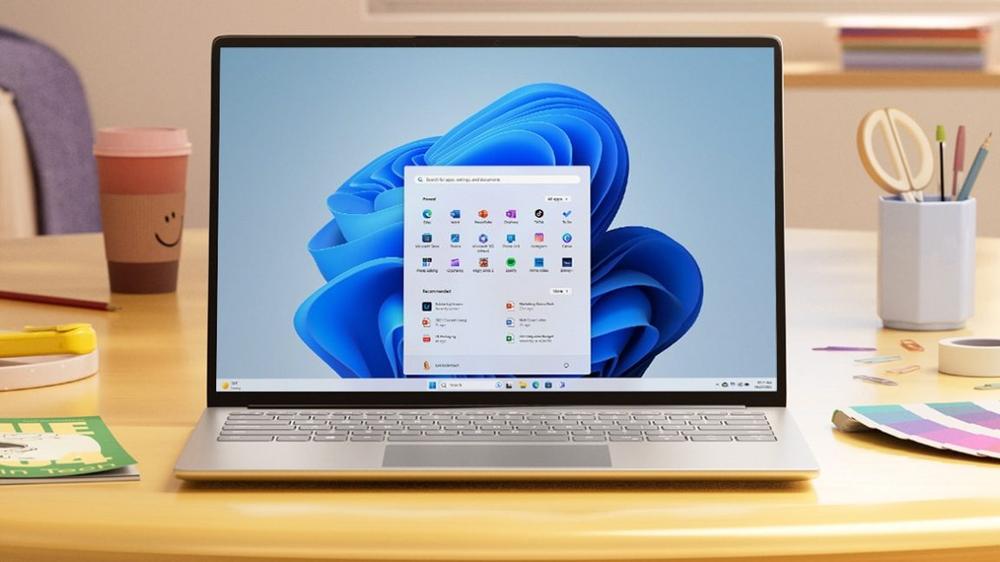I’m just going to come out and say it: RAM is not the most exciting part of your computer. That doesn’t mean it’s not an important part of your system. Picking the best RAM for your gaming PC is something that’s usually either overlooked entirely or scrutinized to the point of choice paralyzation. The truth is, for a gaming PC, especially with a powerful graphics card, 32GB of CL38 DDR5 RAM is going to be more than good enough for the next few years.
TL;DR – These are the Best RAM Kits:
The problem is there are dozens of RAM kits out there that fit that bill, and navigating the differences between them is a good way to get lost in the weeds. My advice is to find a RAM kit with the right capacity for your needs, at a decent speed and the lowest price possible. When it comes to gaming, outside of a select few instances differences in RAM latency and speed are typically extremely minor.
Still, I totally get the urge to get a RAM kit with gauche RGB lighting and a ridiculous heatsink, because it just looks cool. The point is, though, that you don’t need to fork over the extra cash just to have RAM sticks that look neat. RAM is RAM at the end of the day.
Contributions by Danielle Abraham and Georgie Peru
When picking your RAM, the most important thing is figuring out what type you need in the first place. This will typically depend on the age of your processor and motherboard, but a quick way to check is to look at your motherboard manual. Most processors released in the last few years support DDR5, while anything before the AMD Ryzen 7000 or Intel Core 13000 generations support DDR4, which is quite a bit slower.
After you figure out what type of memory you need, you need to decide on how much RAM to put in your system. The right amount is going to vary depending on what you’re doing with the system, but these days, 16GB should be considered the minimum for a gaming PC. This is because Windows 11 seemingly gobbles up more memory every day, and PC games are following suit. If you really want to make your system last a few years without needing to upgrade it, 32GB of RAM should be a safe bet for a few years.
You can get more than 32GB, of course, with many recent motherboards supporting up to 256GB of memory. Having high amounts of memory is extremely important for creative professionals, as apps like Photoshop, Blender, and Adobe Premiere all need as much memory as possible to run at their best. For gaming, anything over 32GB is pretty much overkill, and will only get you bragging rights when comparing your rig to your friends’.
There is an active debate in the computing world about which is more important: CAS Latency or clock speed. The real answer is that they’re both important. CAS Latency simply measures how many cycles, or clocks, are required to transmit data to and from the RAM. This is typically measured in a series of four numbers, each representing latency in relation to a different type of data transfer. For instance, the G.Skill Trident Z5 Neo RGB kit I use in my test bench has an advertised CAS Latency of CL28-36-36-96. That doesn’t mean much to the untrained eye, but basically these numbers represent, in order, the following:
- CL: How fast your memory can send information requested by your CPU
- tRCD: How quickly your memory can read and convert a data matrix
- tRP: How fast your memory can end one function and switch to another
- tRAS: How long your memory has to wait between memory requests
For all of these, the lower the number the better. But don’t let that be the only thing that guides you when picking out your memory. The clock speed is also extremely important. Clock speed measures how quickly your memory can access data. But a higher clock speed also means each cycle is shorter. That’s why DDR5 memory typically has higher CL ratings than DDR4 memory – because DDR5 is so much faster, it ends up being a wash.
The general rule of thumb is that you should figure out how fast your clock speed should be, then find a kit with the lowest latency at that speed. You can tweak CAS Latency in your BIOS, but unless you’re experienced with overclocking, I wouldn’t advise it.
You will have to do a little bit of overclocking to hit your RAM’s advertised speed, however. DDR5 memory, when you plug it into your motherboard, will typically run at around 4,800MHz. To get to the speed advertised in the box, you’re going to need to go into the BIOS real quick. Intel and AMD both have programs to quickly set RAM to their optimized settings, called XMP and EXPO, respectively. Follow the instructions in your motherboard manual to be on the safe side, but it’s typically as simple as going into the “tweaking” section of your BIOS and enabling XMP. I wrote a whole guide on enabling XMP and EXPO, if you want more detailed information.
There are some RAM kits that will support both XMP and EXPO, but they’re not common. Instead, you should check to make sure the RAM kit you’re getting supports the appropriate processor, otherwise you’re going to have to manually overclock your RAM, which is not for the faint of heart.
If you want to give your gaming PC a flashy edge to it, you can always pick out RAM with RGB lighting. When I’m building a PC with a glass side panel, it’s always tempting to get the flashiest memory I can just to show off. Just keep in mind that no matter how pretty the RGB is, it’s not going to make your computer any faster.
The Best RAM, Period.
Best The Best RAM for Most Gamers
Best RGB RAM
Best DDR4 RAM
Is DDR4 RAM still good?
It really depends on what you mean by "good". Current-generation processors and motherboards almost universally require DDR5, so DDR4 memory simply won't work. However, if you have an older processor – think Intel 12th-gen and older or Ryzen 5000 and older – DDR4 will be your only option. It's less a question on whether or not "DDR4 is good" it's more "what memory standard does your CPU and motherboard actually support?".
Jacqueline Thomas is the Hardware and Buying Guides Editor at IGN. When she's not helping her friends and family buy computers, you can usually find her tinkering with her own PC.

 The Best Prime Day Deals on Apple Products End Tonight
The Best Prime Day Deals on Apple Products End Tonight